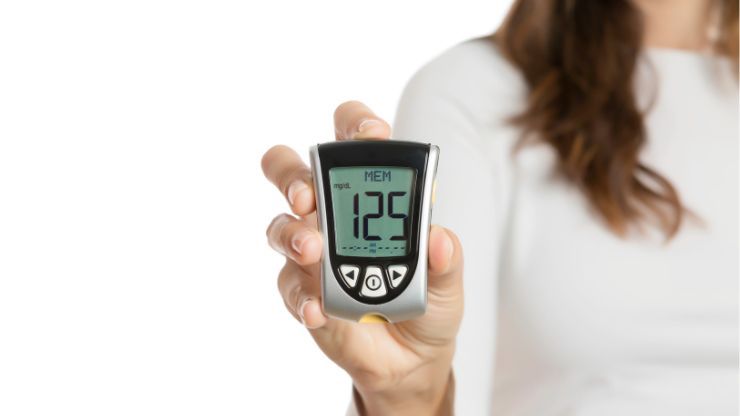Why do blood sugar fluctuations occur throughout the day? Let’s find out what this phenomenon can mean and when to worry.
Why do my blood sugar levels rise and fall within a single day? Is it a physiological or a pathological condition? There is some information on causes, symptoms and methods of intervention that we should absolutely know in case of “dancing” blood sugar levels. Here’s what to know about glycemic fluctuations and how to take action to ensure that we preserve our well-being and health.
Blood sugar fluctuations: what are the causes?
The Reflectometer is a portable device that allows you to measure your blood sugar wherever you are.

THE MOST READ ARTICLES OF TODAY:
It is a fundamental tool for those suffering from diabetes mellitus, because it allows you to always keep blood sugar levels under control. Why does my blood sugar rise and fall throughout the day?
The cause is not always of a pathological nature. In fact, often these devices are not 100% accurate, but can be characterized by a minimum variation marginwhich generally settles around 15 mg for values below 100 mg / dl and 15% more or less if the levels exceed this threshold.
Furthermore, another reason that may explain why the blood sugar is “ballerina” is of a purely physiological nature: it depends on what we ate. In fact, it is quite understandable that a meal rich in carbohydrates stimulates a greater secretion of insulin. Although blood glucose should be checked on an empty stomach, it may still affect the result.
Finally, we must not forget that the blood glucose control by means of a reflectometer several times a day is a procedure indicated for diabetic patients. Other people, on the other hand, don’t need to monitor their blood sugar levels as often.
For this reason, depending on your health condition, it is essential to contact your doctor, who will be able to evaluate what to do on the basis of the specific case.
Glycemia dancer: when to worry
When should blood sugar surges set off an alarm bell? In case we suffer from diabetes, we should always make sure that the blood sugar level does not drop or rise excessively.
The risk, in fact, is to lead to conditions known as hypoglycemia and hyperglycemia. In the first case, the blood glucose values are below 55 mg / dl. This can lead to symptoms such as:
- Sweating;
- Tachycardia;
- Pallor;
- Dizziness;
- Confusion;
- Problems with concentration
- Weakness;
- Fainting.
Generally, to bring the situation back to normal, it is recommended to consume a fruit juice or carbonated drink. Hyperglycemia, on the other hand, occurs when blood glucose levels are above 200 mg / dL.
The causes of this condition are:
- Sedentary lifestyle;
- Stress;
- Poor exercise.
L’hyperglycemia comes with a number of signs, including:
- Blurred vision
- Seven;
- Fatigue;
- Headache;
- Dry mouth.
Although in the case of acute episodes there are no particular methods of resolving intervention, to prevent blood sugar levels from exceeding normal values it is essential to adopt a healthy and active lifestyle.
